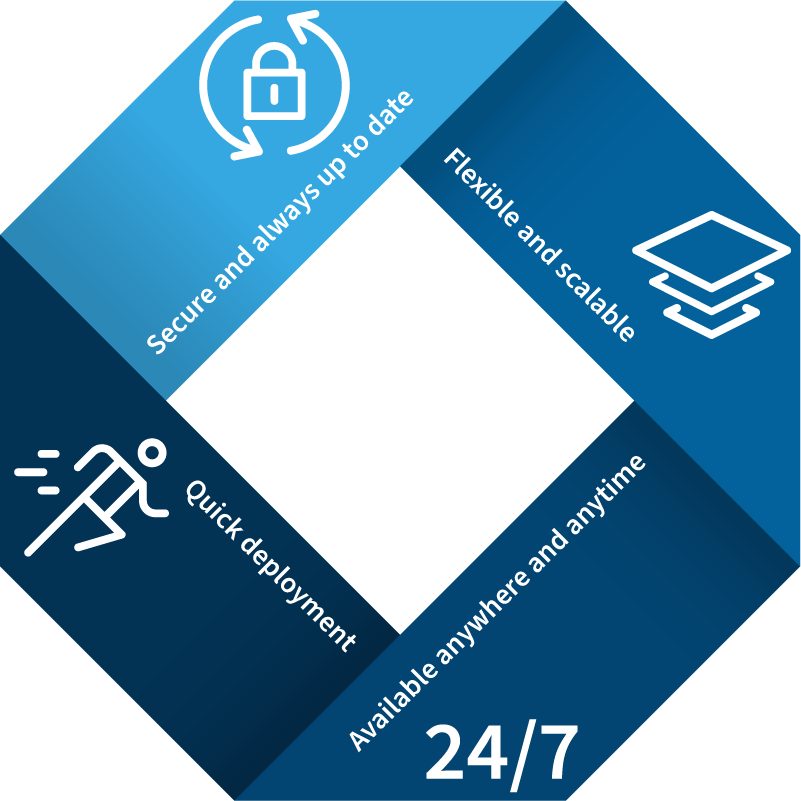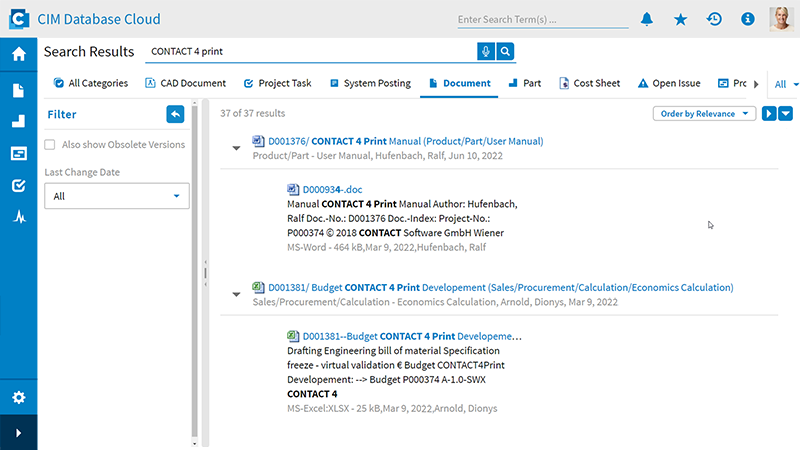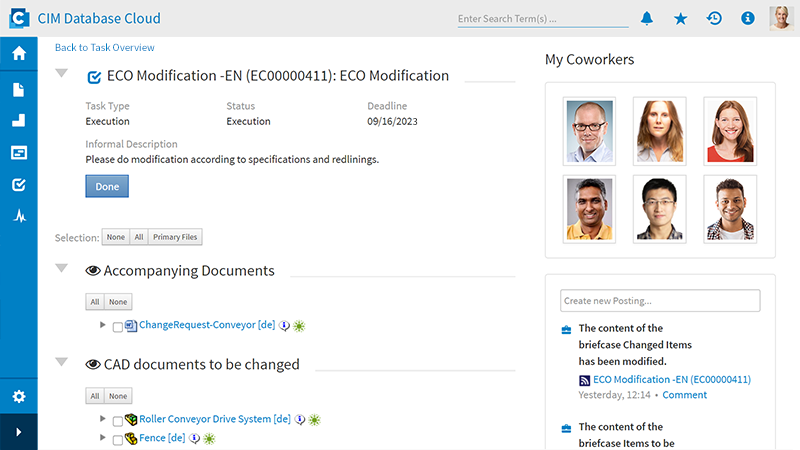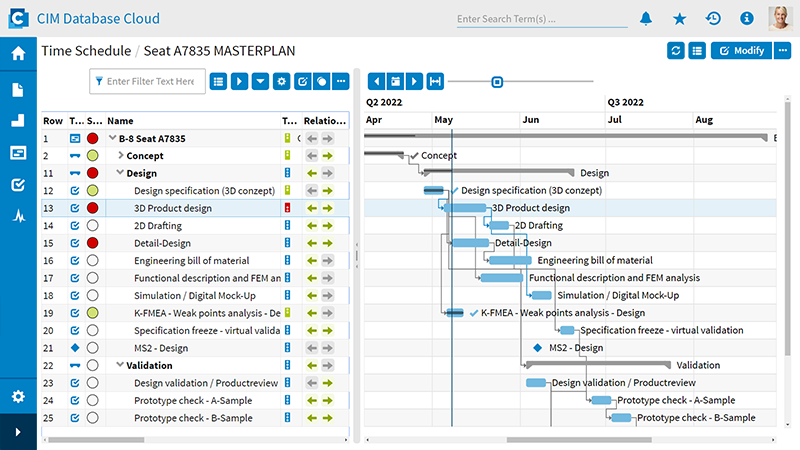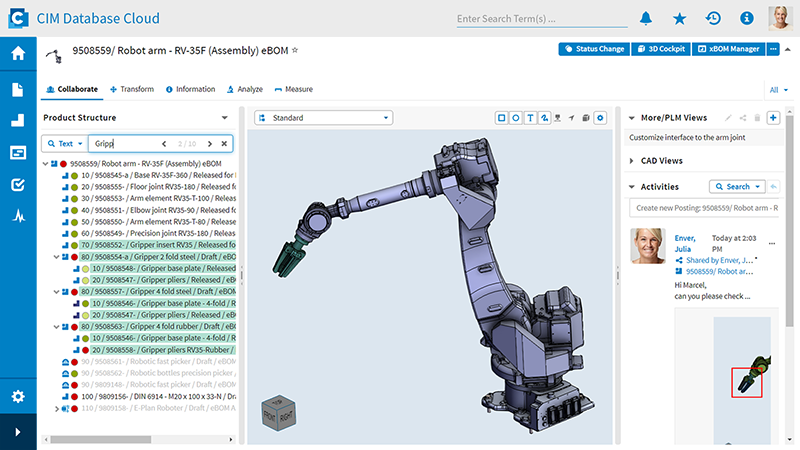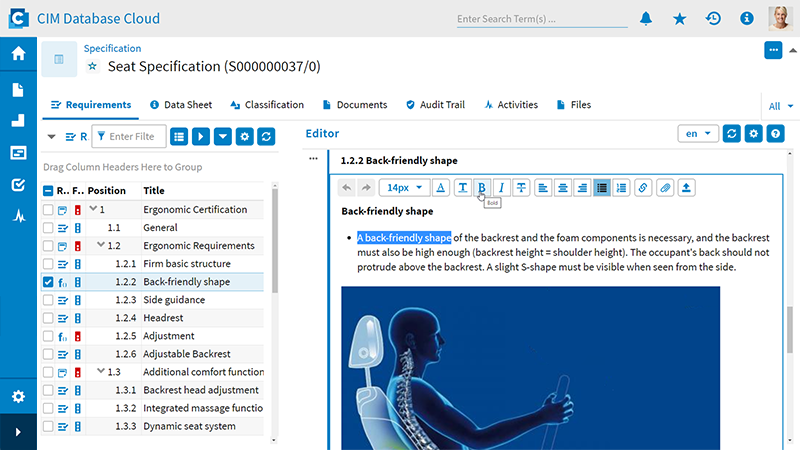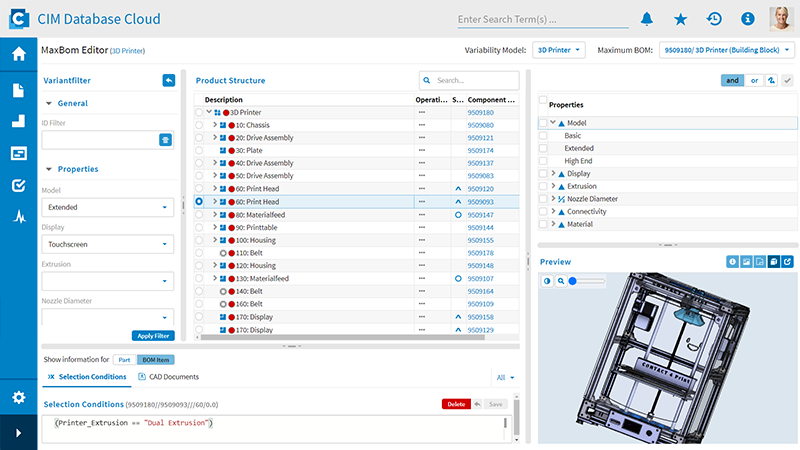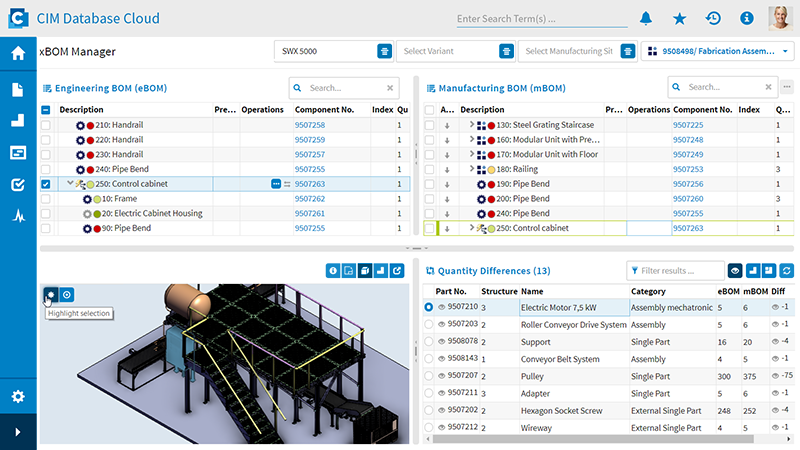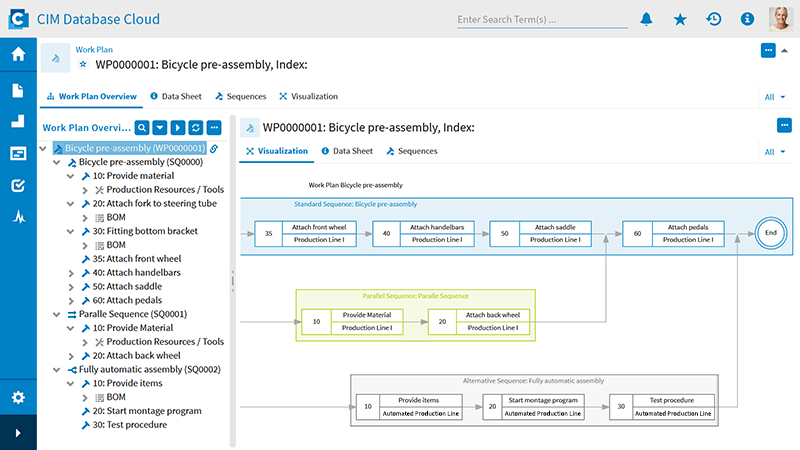The development and operation of cloud products based on CONTACT Elements meet the stringent requirements of the ISO 27001 standard. This certification confirms that CIM Database Cloud adheres to the highest security standards and ensures effective management of information security risks. Our SaaS solution architecture is designed based on the Zero-Trust principle, meaning that every access to your SaaS cloud instances is authenticated and logged. At the application level, security is ensured through measures such as Single Sign-On with CONTACT ID. Your data is hosted on Amazon Cloud Services (AWS) servers in Frankfurt am Main, Germany, which comply with GDPR regulations and are certified according to established standards such as ISO and CSA-STAR.
Learn more about IT security here.


